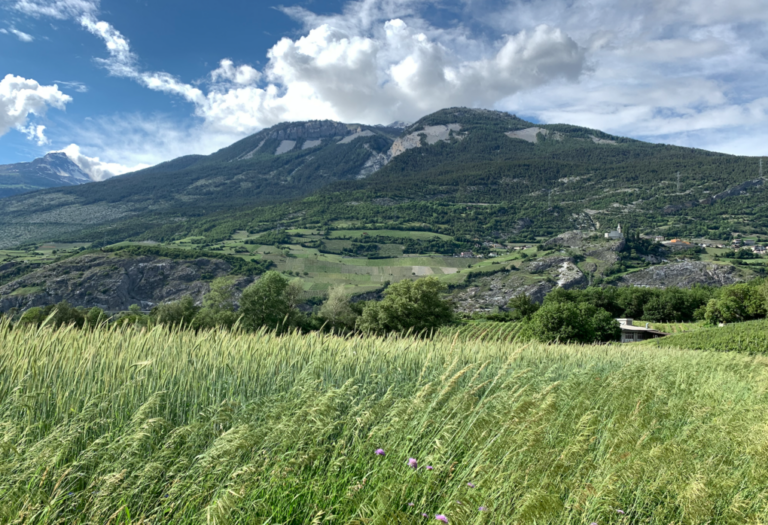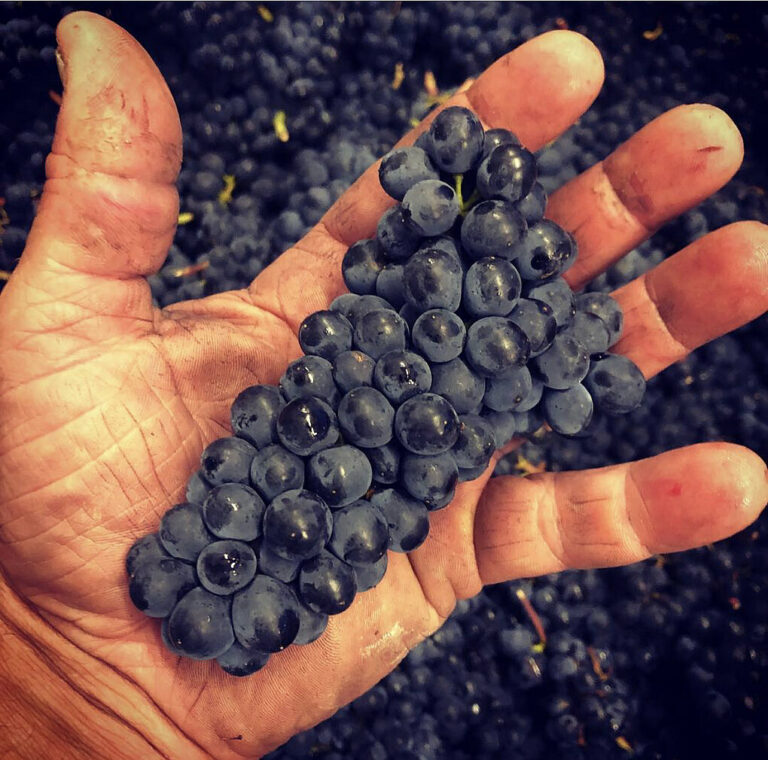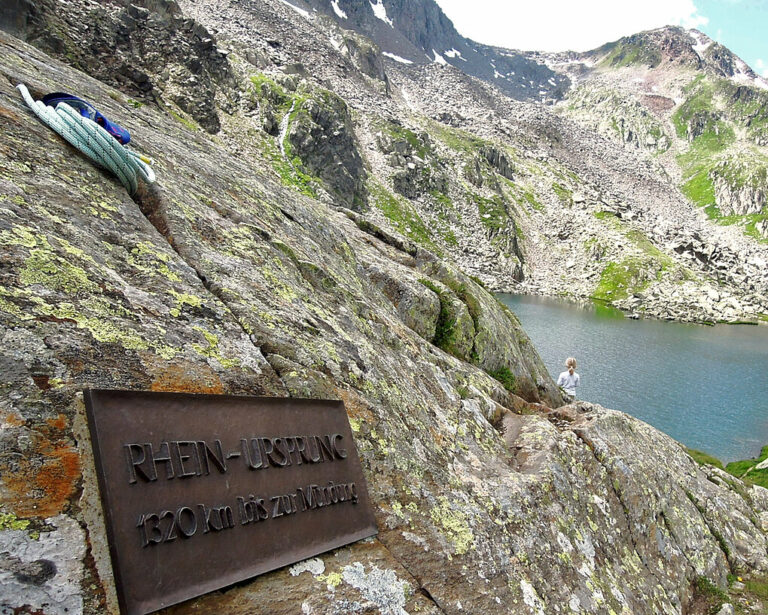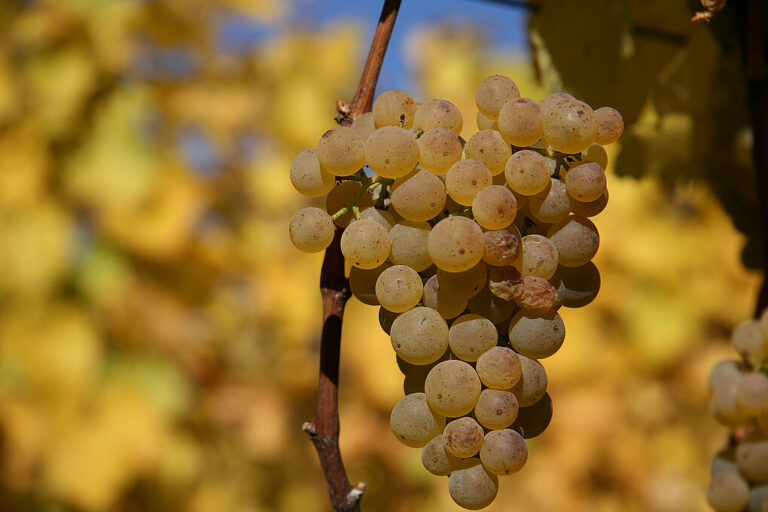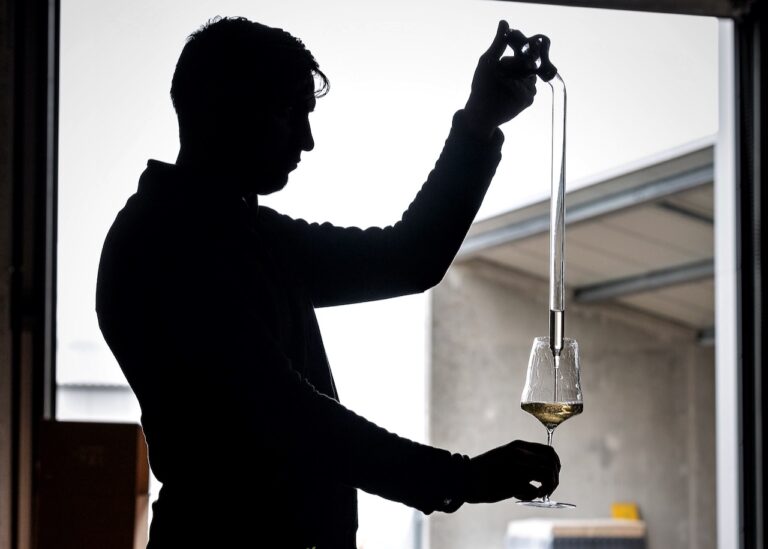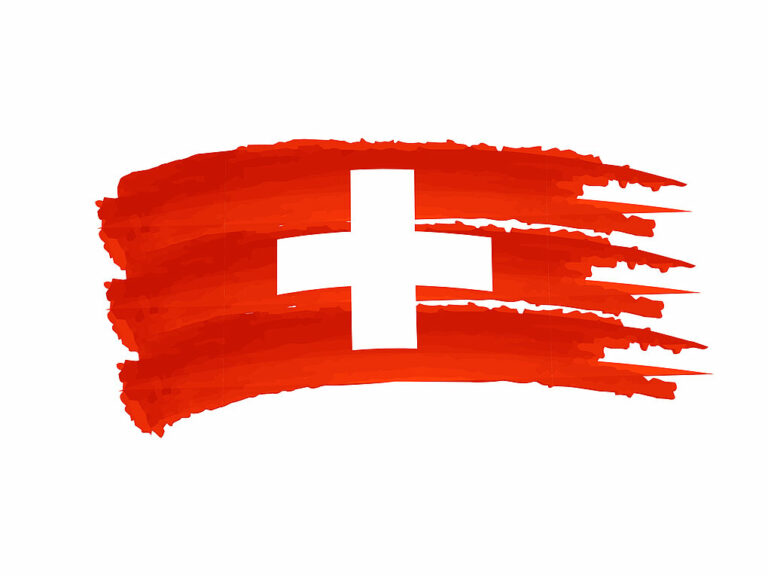Tom Litwan
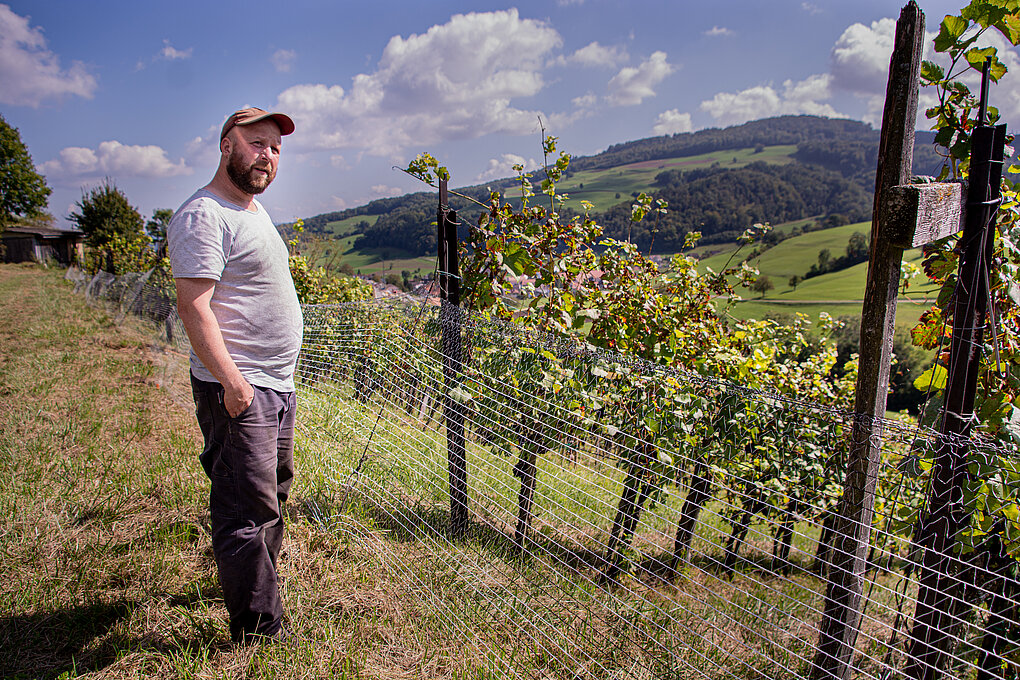
Trained mason Tom Litwan began crafting elegant yet edgy, biodynamic, low-intervention Pinot Noirs and Chardonnays in Switzerland’s Aargau back in 2006. Today his wines play in the same league as top French and German producers. Normally, the Aargau is better known for its notoriously jammed locations along the A1 highway connecting Zürich with Bern and French-speaking Switzerland. The canton’s sole claim to gustatory fame is a carrot cake, Aargauer Rüeblitorte. Litwan’s decision to make wine here may initially surprise, but looking a bit closer, it actually makes a lot of sense. Before phylloxera bedeviled the old world at the end of…

